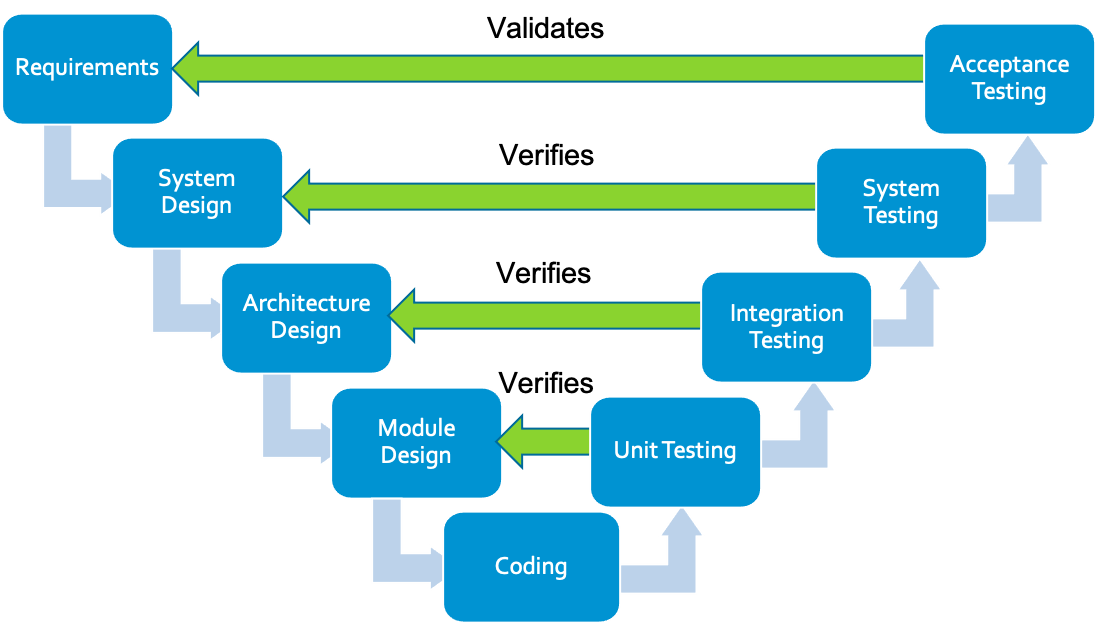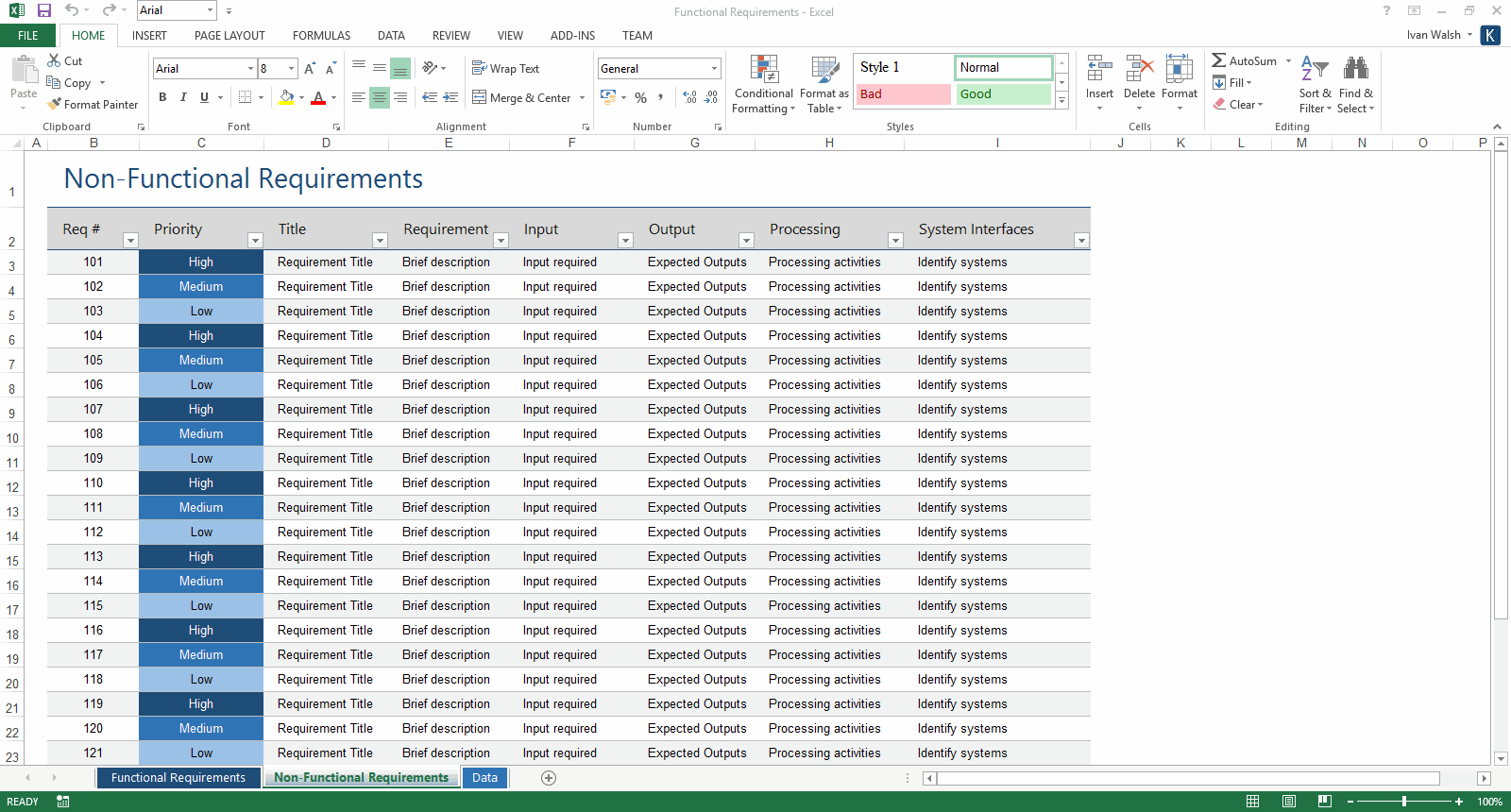

We don't know if we write sufficient test cases to cover all requirements.It also keeps the testing in the right direction that fulfills the users' needs through requirements. To be more specific, it ensures that RTM will validate every piece of requirements through test cases. Why is RTM important?Īs stated in the section above, it's all about testing coverage. A test case should be in unique size to be easily executed, maintained, or automated. Bi-directional RTM creates a one-to-many relationship: a requirement can link to multiple test cases, and one can link to only one requirement.

Therefore, this blog will mainly focus on the Bi-directional RTM that brings many benefits to different stakeholders. They don't actually add value with traceability in one way. However, in the real world of software product development, Forward and Backward RTM are hardly used. In theory, there are three types of RTM: Forward, Backward, and Bi-directional RTM. RTM tracks the testing progress by looking at the status of test cases linked with specific requirements. It ensures appropriate testing of requirements and aligns test cases with needs. The main purpose of RTM is to provide testing coverage insights. RTM is a document or a tool to map the test cases to business requirements and vice versa. What is the Requirements Traceability Matrix? Are you a product manager? RTMs can provide insights into the quality of the requirements for your product. In addition, you'll get some tips on what information is important when creating your matrix. It includes fields like requirement ID and more.
#REQUIREMENT TRACEABILITY MATRIX HOW TO#
Are you a QA tester who needs to create a Requirements Traceability Matrix? Not sure how to do it and are looking for examples? In this blog post, we'll show you ways to create one using our example template.


 0 kommentar(er)
0 kommentar(er)
